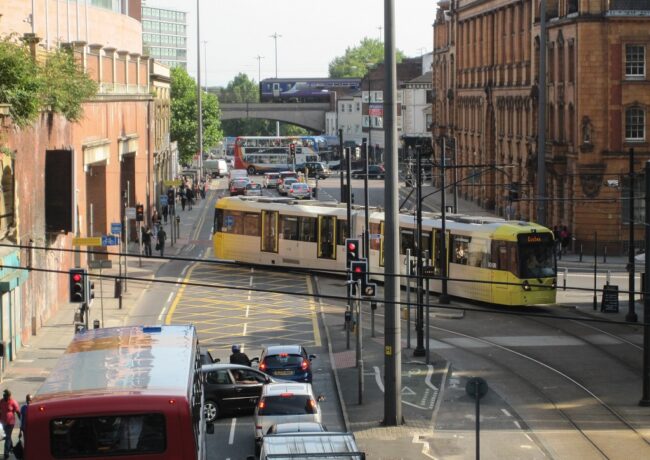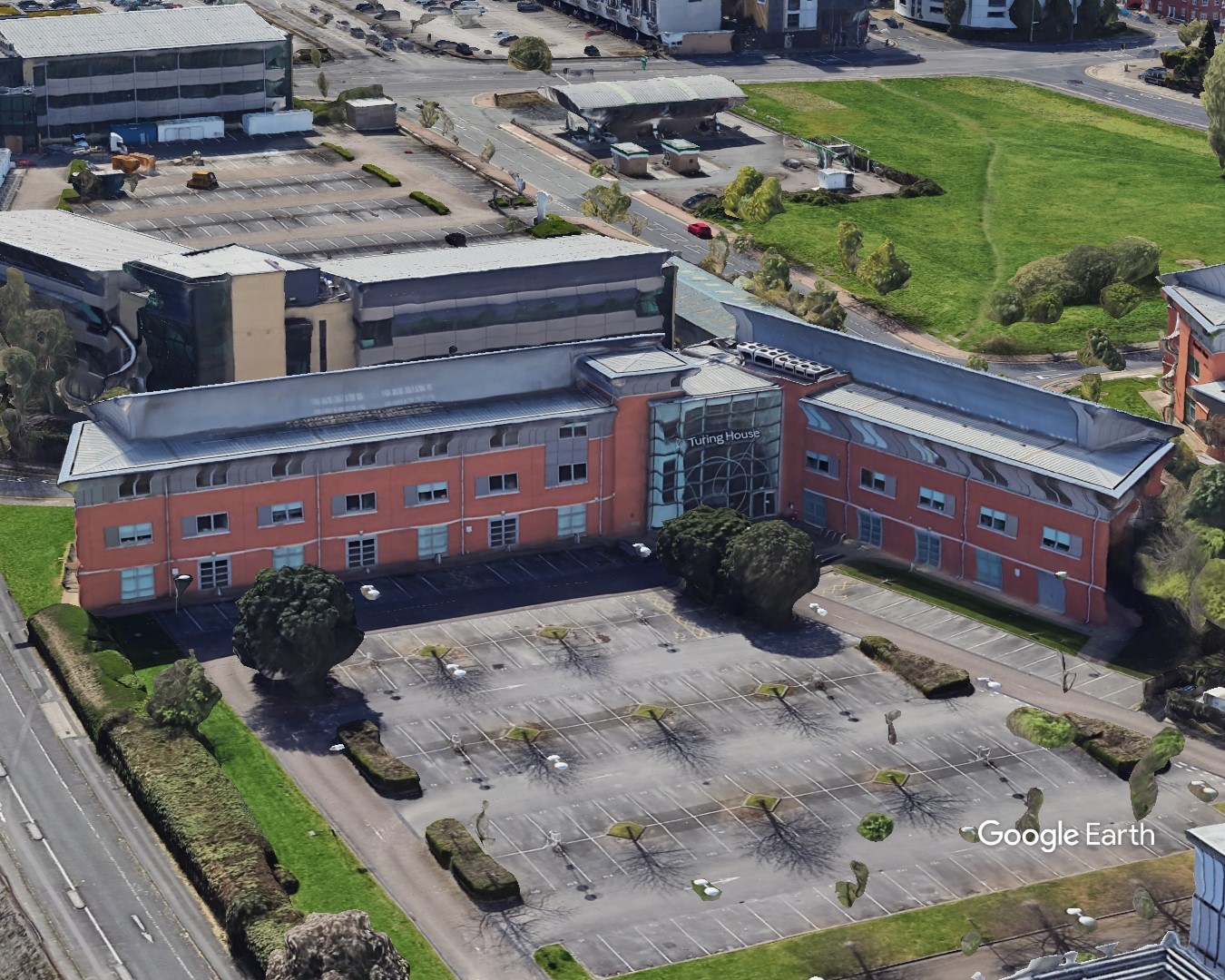TfGM looks to traffic tech to boost late buses
Transport for Greater Manchester has piloted a technology which could increase bus punctuality on the busiest routes, by holding traffic lights on green to allow late-running buses to pass through.
The four-week long scheme used the traffic signalling technology to help late running buses make up time on one of Greater Manchester’s most congested corridors, the A6 Stockport Road. The pilot monitored both benefits to buses and general traffic, as well as the impact on pedestrian wait times.
The Split Cycle Offset Optimisation Technique, a technology known as Scoot, was used to analyse real-time traffic data to co-ordinate traffic signal timings. The system was used to prioritise the journeys of the 192, the city’s busiest bus, at 14 sets of traffic lights along the route between Stockport and Manchester, based on the lateness of each bus.
By using transmitters found on most modern buses, the Scoot system identifies the vehicle to extend the green time as the bus approaches the lights, allowing some late running services to pass through the junction without the need to stop and wait.
Results showed that of all messages received by the signals throughout the week, 11.8% resulted in priority being granted to buses running behind schedule, providing an average saving of 31 seconds per junction. Across an average commuter’s journey, TfGM said these savings could add up to a considerable reduction in journey time.
Across weekday morning and evening peaks respectively, 8.2% and 12.9% of messages resulted in priority being granted, with 11.5% over the weekend.
The pilot is part of TfGM’s plans to encourage more people onto public transport, in order to reduce congestion and tackle air quality issues. TfGM said punctuality and reliability are always cited by current or potential passengers as a key consideration when they are deciding whether to travel by bus or not.
Alison Chew, head of bus services at TfGM, said: “The A6 bus priority trial was extremely positive and could see us permanently extend the use of this technology across more of the region’s busiest routes.
“Tackling congestion and improving air quality are two priorities for us at the minute and clearly measures that improve the reliability of public transport is one way of encouraging more people to leave the car at home.
“Buses carry around 200 million passengers per year, representing 75% of all public transport trips in Greater Manchester. When you also consider that around three quarters of all journeys made by cars and vans in the morning peak only carry one person, and that a bus can carry in excess of 70 passengers, it’s clear that buses represent a more efficient use of road space.
“While it’s early days, the results that we’ve seen from this initial pilot suggest that if bus priority schemes were increased, services would be more punctual, encouraging more users to use buses and helping to contribute to reduced congestion across the region. Therefore benefitting not only bus users but other road users and pedestrians as well.”





A lot off Piccadilly bound buses spend a lot off time waiting on John Dalton street and bridge street because the traffic lights are held on red so the trams have priority over commercial buses
By M bennett